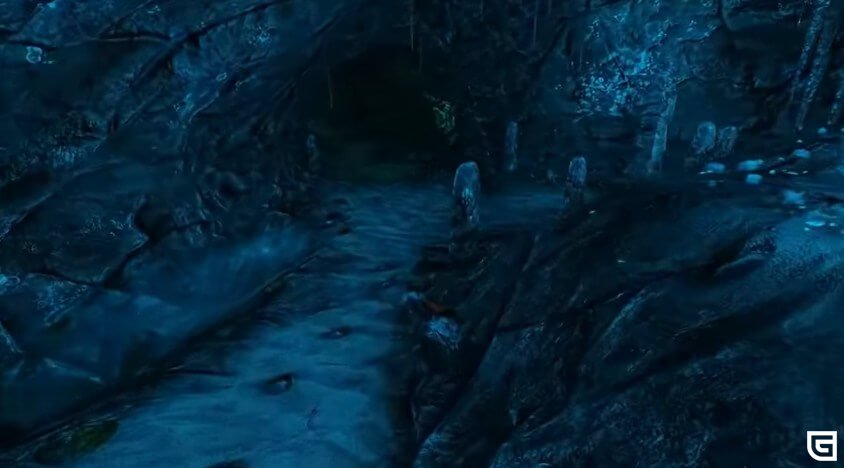
As it currently stands, I do not feel it is ready for others to use this tool with high confidence.Ĭhemical concentrations in end-members were determined by data structure by CHEMMA. If the number of samples changes significantly, can chemical concentrations in end-members be still determined within an acceptable range? If non-conservative solutes are included in the analysis, are the results of chemical concentrations in end-members and the number of end-members determined by this tool consistent and valid? These questions have to be answered with actual data analyses before it becomes a convincing tool. There are two questions that are related to this type of uncertainty, which were inquired earlier but not actually addressed in the revision. The uncertainty I am talking about here is not the uncertainty arising from chemical analysis as we always know but one caused by this tool per se. No matter how beautifully can chemical concentrations in end-members be inversely derived mathematically from streamflow chemistry alone, it has to be proved to be accurate with foreseeable and acceptable uncertainties. This mathematical tool is surely beautiful, but whether or not it yields hydrochemically meaningful results has not been well demonstrated.

From my taste, the current results/discussions/explains are far away from convincing to be published.Īfter I examined the revision, my concerns about the validity of this pure mathematical tool grow instead of diminish.
Dear esther chemical formula how to#
For example, points 1)and 2), how to relax the constraints on CH-NMF? Without appropriate assumptions, the results of the method could be rather doubt. But, I am wondering if these issues can be solved. Some of the shortages have been pointed out by the authors in Section 4.4. But identifying runoff components with similar tracer composition could be very important to understand the changes of hydrological processes in catchments. This may be not important when we are focusing on the components contributing to the tracer concentration of stream water. (4) The method may not be able to identify end-members with similar tracer concentrations. If the collected stream water samples do not show any outliers, does the method still work? The mixture of end-members with distinguished tracer concentrations not certainly result in much changes in the stream water tracer concentration, considering their contributions are changing in the time periods.
Dear esther chemical formula series#
(3) Seems extreme points in the data series of stream tracer concentration are required for the implement of the method. I am wondering the ability of the current method to identify end-members with low contributions to stream water. An end-member with extremely high or low tracer concentration may not necessarily result in extreme concentration of stream water when its contribution is rather low. The numbers of stream samples, the extreme points involved in the input data, the tracers measured from the stream samples, as well as the seasons during which the stream water were collected, have significant impacts on the outputs (2) The interactions of the tracer concentrations and contributions to stream water of end-members were not treated well. When the used stream samples are different, the method likely yields different identifications of end-members. For example, (1) it relies heavily on the used data. However, the shortages of the method are apparent.

The authors proposed an interesting method to decompose stream water into end-members using stream tracer data alone.

Suggestions for revision or reasons for rejection I look forward to reading your revised manuscript, which I will send back to referees for consultation. I understand (and agree) that not everything can be discussed in a technical note, but I suggest that in your revised manuscript, you better emphasize (in the text) the different uncertainties that *may* be associated with your approach, even if the detailed (numerical) evaluation of those uncertainties is only to be performed in the future. I also noticed that both referees raised that your current manuscript does not sufficiently discuss the uncertainty or uncertainties associated with your approach, and that your answer was that those comments are important but to be addressed in future work. I see, from your author comments, that you have already drafted new text to address some of those elements. Both referees liked the idea behind your manuscript, but both also asked that some elements be clarified – namely in relation to the conceptual set-up/methodology.


 0 kommentar(er)
0 kommentar(er)
